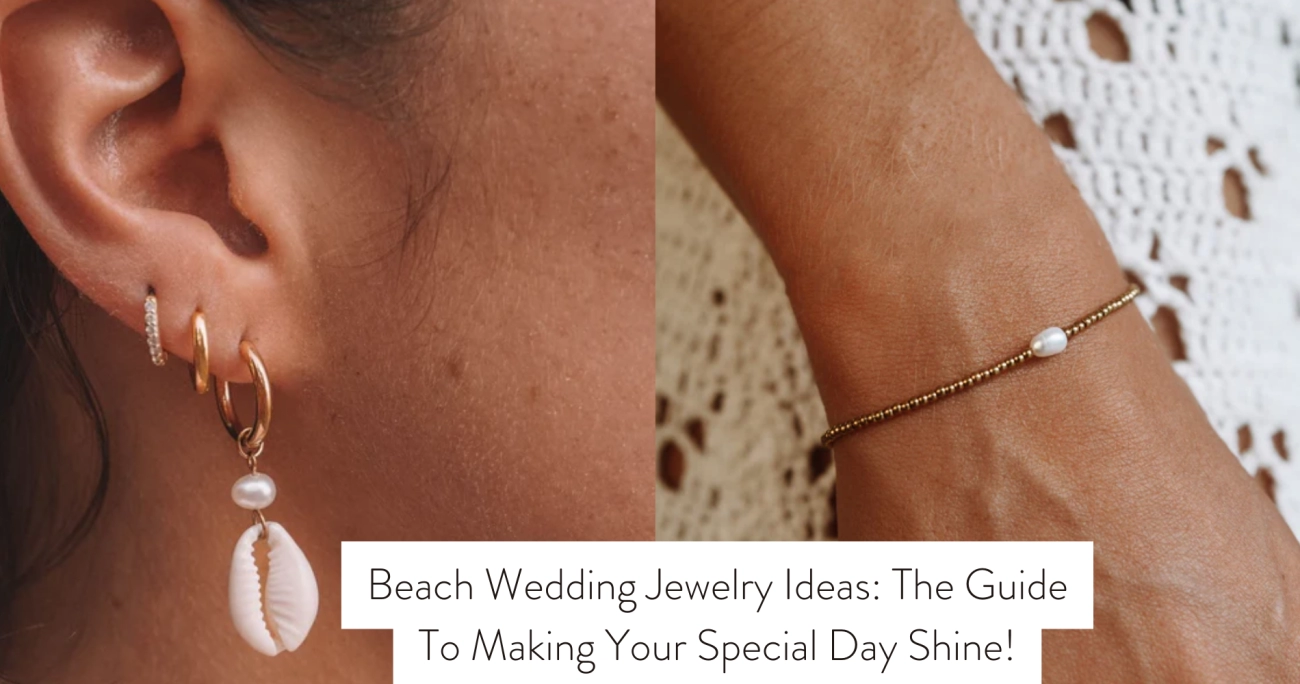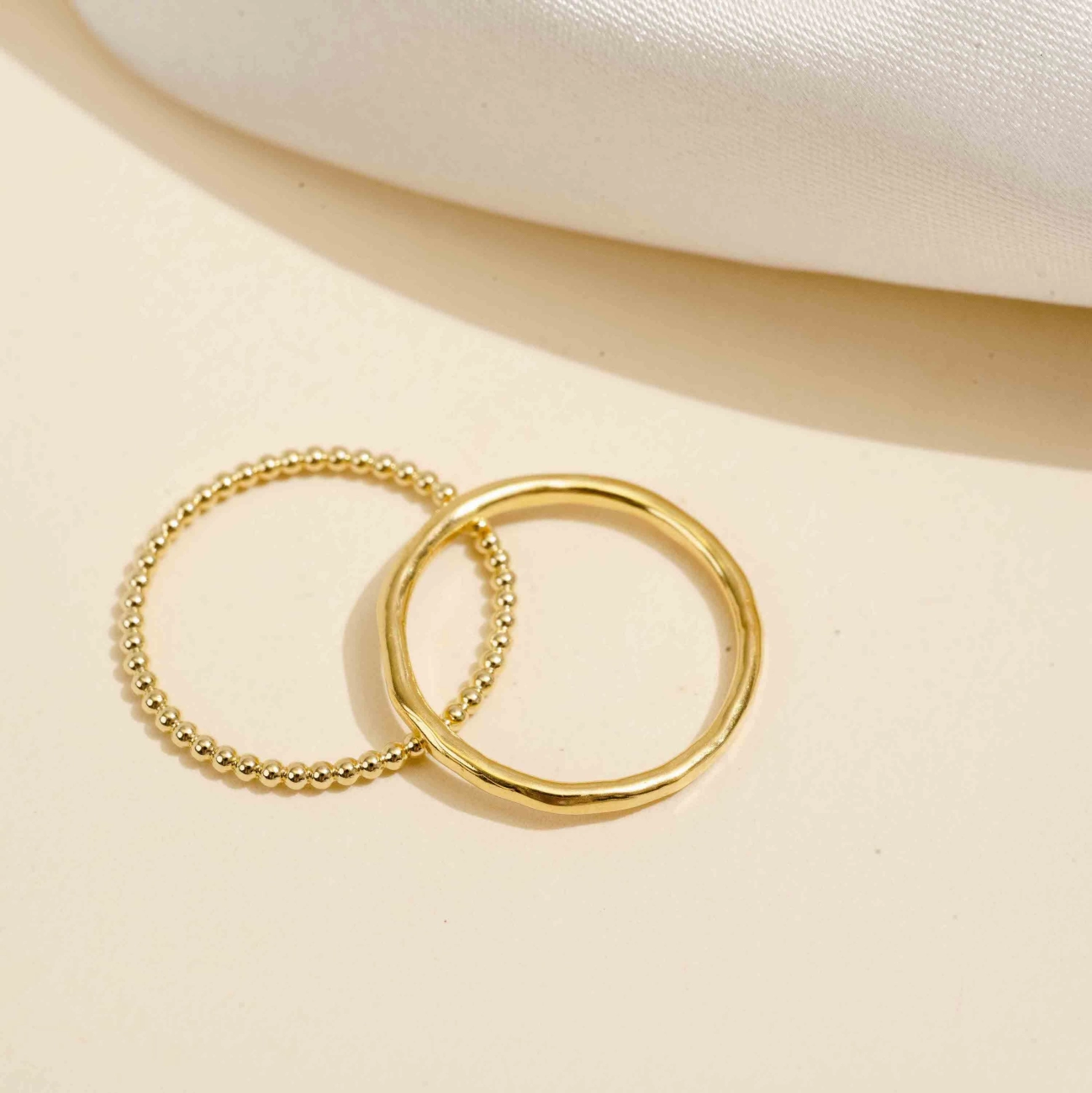A Brief Evolution of the Tie: Historical Primer and Cinematic Pivot
Ever wonder how the humble necktie transformed from a practical accessory to a cinematic style icon? The evolution of the tie is a fascinating journey that blends fashion history with unforgettable movie moments. Originally a simple neckcloth worn by Croatian mercenaries in the 17th century, ties quickly became a symbol of sophistication and status across Europe. By the mid-20th century, the tie had firmly embedded itself in Hollywood’s menswear lexicon, evolving alongside film genres and character archetypes.
In cinema, ties do more than just complete a look—they tell stories. From the sharp regimental striped ties signaling power in 1980s Wall Street dramas to the sleek bow ties that define classic espionage films, neckwear carries weight beyond its fabric. Whether knotted meticulously in a four-in-hand or flaunted as a flamboyant silk foulard, the tie’s style and pattern often reveal a character’s personality, ambitions, or inner turmoil.
As we dive into the most iconic tie styles in film history, keep an eye on how each knot and pattern pivots between eras and genres. This is not just a fashion accessory; it’s a cinematic symbol that has shaped Hollywood menswear icons for decades.
Power and Greed: The Bold Striped and Solid Ties of the 1980s
![]()
The 1980s brought the rise of the power tie—a bold, unmistakable statement in both Wall Street boardrooms and Hollywood films. Gordon Gekko’s striped tie in Wall Street is the classic example of how a simple accessory became a symbol of greed, ambition, and raw authority. The sharp lines and vivid colors projected dominance, making the tie almost a character of its own.
On the flip side, Tony Stark’s solid red tie in the Iron Man series channels a different kind of power—the confident, heroic presence of a modern-day billionaire hero. His tie choices are sleek and commanding but less aggressive than Gekko’s, reflecting Stark’s blend of class and charisma.
Both styles highlight how ties of the 1980s carried more than just fashion value—they were badges of identity reflecting the wearer’s intentions and status. For those looking to master the art of wearing a tie with confidence, understanding these iconic styles is key. If you’re interested, learning the right way to stop your tie from blowing in the wind can keep that polished look sharp, no matter your surroundings.
Espionage and Suave: The Sleek Bow Ties of Spycraft
Few accessories capture the elegance and mystery of espionage like the sleek bow tie. James Bond’s iconic batwing bow tie has become a symbol of timeless sophistication, evolving through the decades but always maintaining that sharp, confident edge. From Sean Connery’s classic black bow to Daniel Craig’s slimmer, more modern versions, Bond’s ties epitomize the suave spy style.
Indiana Jones adds a rugged twist to the bow tie story with his signature burgundy tie, blending adventure with a touch of vintage charm. Unlike Bond\’s tuxedo-ready look, Indy’s bow tie embodies a practical but stylish flair — perfect for a daring archaeologist on the move.
The bow tie’s presence in such espionage films goes beyond fashion; it’s about character and mood. Whether it\’s the flawless Four-in-hand knot or the perfect silk sheen, these neckwear choices have helped define Hollywood menswear icons in espionage cinema. For those curious to master a similar look, understanding tie fabrics and styles can really elevate the sharpness of any outfit.
Explore how different materials and knots contribute to the perfect cinematic bow tie on this detailed guide to understanding tie fabrics.
Cool and Calculated: The Subtle Patterns of Mid-Century Mavericks
Steve McQueen and Cary Grant defined a refined, understated style with their choice of ties—proof that boldness doesn’t always mean bright colors or wild patterns. McQueen’s blue silk tie, often worn with a sharp suit, conveyed cool confidence without shouting for attention. Its subtle shimmer and perfect four-in-hand knot became a hallmark of 1960s Hollywood menswear icons, embodying a masculine elegance that felt effortless.
Cary Grant took a slightly different route with his grey foulard tie, featuring delicate patterns that added texture and depth without overpowering his look. This style gave off an air of sophistication and control, fitting for a leading man known for charm and wit. The foulard’s quiet pattern made his ensembles timeless, influencing vintage cravats in cinema for years to come.
Both ties showed how well-chosen patterns and fabrics could communicate personality, proving that power doesn’t rely on loud designs. Their legacy reminds us of the timeless appeal of subtlety in famous movie neckties, striking a balance between style and restraint.
For those looking to master this polished look, understanding the art of the tie bar—how and when to wear it can help keep your tie perfectly in place, enhancing that cool, calculated edge.
Opulence and Eccentricity: Vibrant Hues from Literary Adaptations
Some of the most memorable ties in film history come from literary adaptations, where opulence and eccentricity shine through vibrant colors and bold textures. Think of Jay Gatsby’s iconic lavender jacquard tie in The Great Gatsby. It’s not just a fashion statement but a symbol of wealth, ambition, and the roaring 1920s’ excess. The intricate pattern and rich fabric perfectly capture Gatsby’s complex persona and the era\’s glamour.
On a different note, Marilyn Monroe’s pink sequined bow tie in Some Like It Hot adds a playful yet striking touch to her character’s look. This bow tie breaks traditional norms with its sparkle and color, emphasizing Monroe’s charm and the film’s lively spirit. Both ties show how bold hues and textures can tell deeper stories, creating unforgettable cinematic bow ties that go beyond function to pure fashion flair.
For those interested in how ties move from simple accessories to style statements, the transition from daywear to evening sophistication is crucial—explore more about this shift in the art of wearing ties in this detailed accessory guide from function to fashion.
Chaos and Subversion: The Unraveled Ties of Anti-Heroes
![]()
When it comes to anti-heroes and villains, ties often break the rules too. The Joker’s crooked paisley tie is iconic—not just for its wild pattern but for how it mirrors his chaotic, unpredictable nature. It’s a tie that refuses to be neat, perfectly capturing the essence of subversion and madness on screen. Similarly, Captain Miller from Saving Private Ryan sports an untied olive drab tie, symbolizing war’s disorder and the stripped-down reality beyond polished appearances. These unraveled, imperfect ties strip away the traditional power and polish, revealing the messy complexity of their characters.
Both ties work as subtle visual statements—showing that sometimes breaking fashion “rules” tells a far stronger story. This look calls back to vintage cravats cinema and villain ties from movies like The Dark Knight, where costume details convey character mood and intent in a powerful and memorable way.
If you’re curious about how ties can push boundaries in style and storytelling, exploring how to care for your silk ties can keep even your most statement-making pieces looking their best.
(Find more on the best practices in how to clean and care for your silk ties.)
Whimsy and Intellect: Patterned Ties of Eccentrics and Explorers
Some of the most memorable ties in film come from characters who blend quirkiness with sharp intellect. Take the Eleventh Doctor from Doctor Who, whose iconic tartan bow tie isn’t just a fashion choice—it’s a signature of his clever, unconventional style. This tartan bow tie perfectly balances tradition with a playful edge, making it a standout in cinematic bow ties.
Similarly, Oliver Hardy’s polka-dot bow tie adds a layer of whimsy to his timeless comic persona. The bold polka dots echo his character’s charm and eccentricity, proving how a simple patterned tie can leave a lasting impression. These ties show how patterns like tartan and polka dots can bring personality front and center without overshadowing the character’s essence.
For those interested in mixing patterns and textures with flair, exploring the resurgence of patterned ties can offer great inspiration and help decode how these styles became so iconic in movies. Check out this detailed guide on the resurgence of patterned ties for a closer look at how such motifs have evolved in menswear and film.
Modern Twists: Ties Redefining Genre in the 21st Century
In the 21st century, ties in film have evolved beyond classic styles to become bold statements that redefine genres. Take Taron Egerton’s military-striped tie in Kingsman: it’s a sharp, modern take on the regimental striped ties that signify discipline and tradition, but with a fresh, action-packed twist. This tie complements his sleek suit and adds a layer of cool sophistication, perfectly blending classic menswear with contemporary flair.
Similarly, Mad Men’s seasonal bow ties brought renewed attention to how ties can reflect time and mood, mixing vintage cravats with modern cinematic styling. These bow ties aren’t just accessories; they help tell stories of shifting eras and personalities, showcasing how traditional Hollywood menswear icons continue to inspire modern fashion trends.
For anyone looking to inject some heritage with a fresh edge into their wardrobe, exploring how these iconic ties play a role in film could spark ideas. And while you’re at it, mastering different knot styles, including the four-in-hand knot popularized in many films, can elevate your look instantly—find some helpful tips in this 60-second guide to choosing the perfect tie knot.


